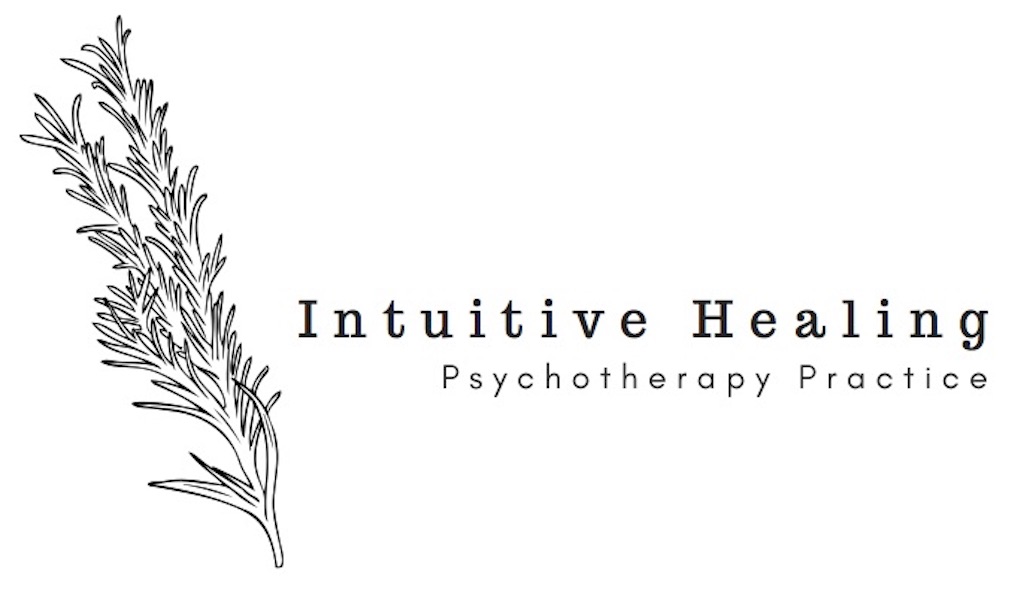Creating Psychological Safety
Kathryn Lee, MHC
These past few years have been especially taxing on our mental and emotional health with the increasing feelings and concerns about our and our loved one's physical safety. When our physical safety is perceived to be in danger, having psychologically safe spaces in our daily lives becomes crucial to regulating our systems.
As defined by Harvard Business School Professor, Dr. Amy Edmondson, psychological safety is defined as "a belief that one will not be punished or humiliated for speaking up with ideas, questions, concerns or mistakes." It is critical that we feel this type of psychological safety in all facets of our lives both personally and professionally. We spend large sums of time in our work environments; how we feel and interact in these work environments can impact our overall mental and even physical health. So how can we cultivate and foster psychological safety in our work environments?
Here are some ways to create and foster psychologically safety in your work environment:
Make it a priority. We all probably have heard the phrase, “Practice what you preach.” Model the behaviors that you want to see. When teams are aligned in their goals and purpose it can strengthen morale, foster a sense of community, and in turn, cultivate psychological safety.
Self-awareness. Begin to understand and recognize your own biases, behaviors, and perspectives, and see how you can initiate conversation in a way that fosters openness. When we do not check ourselves and look inward we can potentially harm those around us including our coworkers and colleagues.
Be curious and practice empathy. Practice checking in with your employees and your colleagues. In addition, ask them what they need; this includes frequency of check-ins, style of communication, types of feedback, etc. This indicates to him/her/them that you see them as a whole person, an individual, and not just an employee that produces work.
Embrace healthy conflict. Conflict like in any relationship is bound to occur, and our work environments are no exception to this. Be prepared to have open conversations. You can reframe conflict as an opportunity to better understand your employee and/or colleague’s perspective. This can be an opportunity to better cater to their needs, but also an opportunity for you to practice empathic leadership.
Value and demonstrate appreciation for ideas. Validate every opinion and concern that is coming up. Everyone’s thoughts and feelings are valid. We can both validate others’ concerns and also verbalize our perspectives without being dismissive of others.
There is a lot of uncertainty, fear, and loss in the world today. While we cannot control or predict what will happen, we can choose to create environments that can both hold difficult conversations and also foster a sense of safety.
“Brave leaders are never silent around hard things.” - Brené Brown
